This is the final part of my sister Helen’s thoughts about our grandparents, Levi and Edna Latty, and life on the farm at Etta Bend.
“When I hear anything about Nixon’s ‘Watergate’, I get a flashback to Pappy’s ‘watergap’ and I giggle. Anyway, the watergap of my childhood was a fence of vertical boards hung across the branch just below the springhouse. It was attached from a big corner post of the barn lot to a huge oak tree on the other side by steel cables. This was a fence across the branch to keep pappy’s cows, mules, etc. in the barn lot and keep others out because that was the day of open range. If your field wasn’t fenced, the neighbors’ farm animals, as well as your own, were likely to invite themselves over for a feast. That’s why good fences were important and when streams flooded and washed out the water gaps and other fences, it was vital to rebuild them as quickly as possible. This was a huge job when the Illinois flooded Pappy’s crops in the bottom lands in the spring and fall.
“If Ma and Pappy needed someone to help them in the field or in the house, all they had to do was say so and the grandchildren came running. They were such good, honest, special people. They were not demonstrative of their love but we knew it was there.
“I remember gathering eggs in the evening. We would feed the chickens and boy, would those white leghorns come running when Ma called, ‘Here, chickie!’ and they heard the corn rattle in the feeders. While the hens were eating, we gathered the eggs, always leaving a china nest egg or an old, dirty egg for nesting. Apparently, the hens would not settle down to the business of laying eggs unless they felt comfortable. Also, Ma would rather lose a fake egg than a real one if a snake got in the henhouse during the night. The doors were closed at night to keep most varmints out.
“Back to fences, I remember a rail fence south and east of Ma and Pappy’s house at the foot of a mountain. it was evidently very sturdy, built in a zigzag fashion. It would not be pushed down easily by cows or mules reaching over for ‘greener pastures.’ I think those rail fences bred great jumpers in the cattle and mules of Etta Bend.
“I remember a tall stump of a dead tree near the barn where bluebirds nested each spring. It was fun to pile up rocks and then climb atop them and stretch to see the little eggs in the nest. I don’t know how they avoided the barn cats. Etta Bend was a dear and familiar place.”
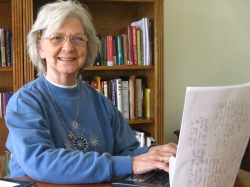
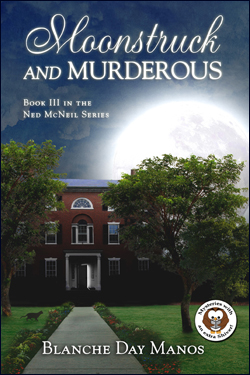
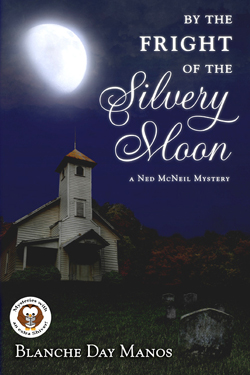
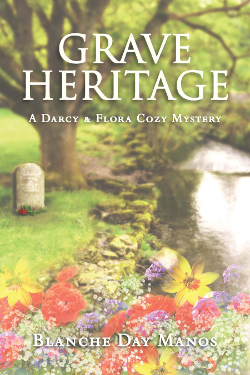
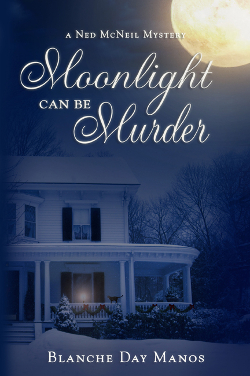
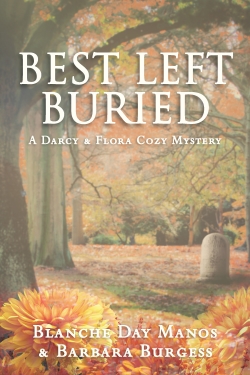
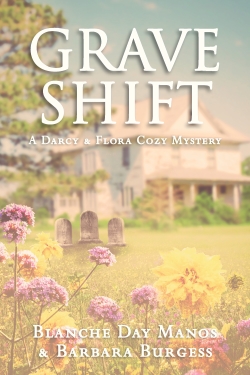
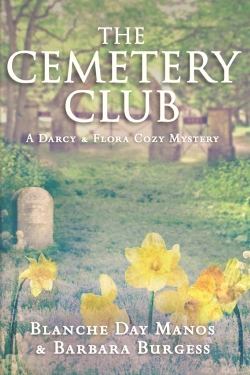
Speak Your Mind